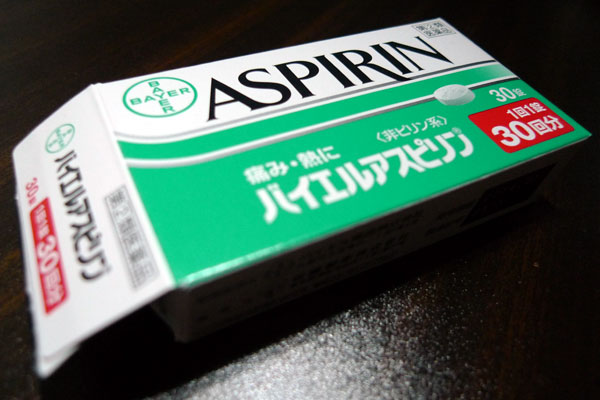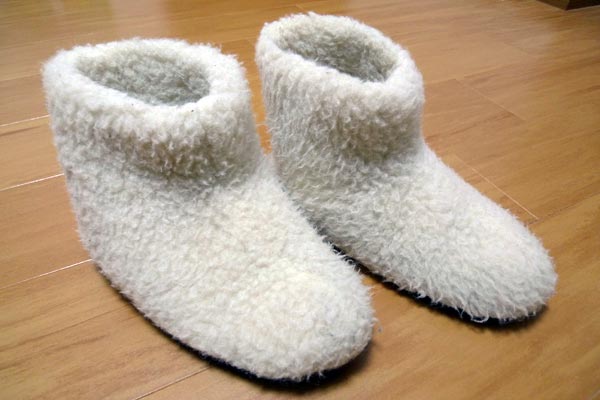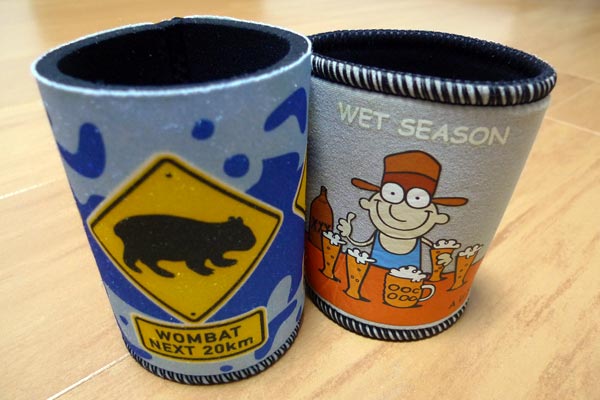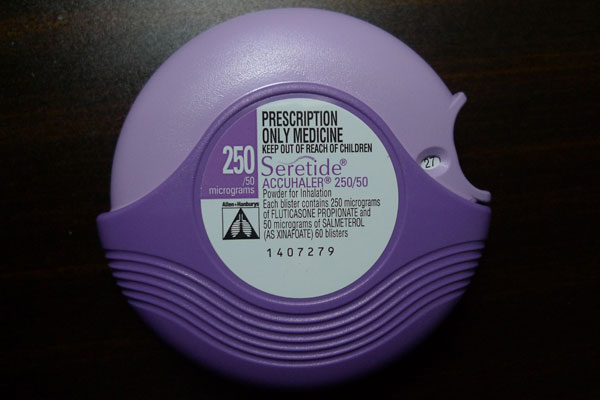Approaching the 1 year mark of living in Japan and working as an Assistant Language Teacher in 2 Junior High Schools in Toyota city, Aichi prefecture, I’ve started remembering the months leading up to departure from Australia last year.
What stuff do I need that I might not be able to find easily in Japan? What things will be useful as a teacher? What don’t I need to bring?
Prepare yourself for living in Japan with this comprehensive list…
Moving to Japan? What Things Should I Bring to Japan?
Lots of stickers… lots. This is a huge motivation tool to get the students involved. Usually you’ll ask a question to the class, and even though everyone knows the answer, no-one will raise their hand (without going on too much… it’s a motivational and cultural thing)… unless they have motivation to do so.
In retrospective, I would have liked to buy about $100 worth of cheap stickers. However I’ve stolen an idea from a fellow ALT: get the school to buy some quality (i.e. as thick as possible) A4 size sticker/label paper. Make your own funny stickers, print them out and cut them up. That being said, the few Australian stickers I bought are MUCH more popular.
A newspaper: just one or two, maybe picking one up at the airport before coming to Japan. It can come in handy to show students stories, headlines, pictures and ads. You can photocopies portions of it for class.
Magazines and English books are easy to find. Big books stores in the cities have English language sections. My favourite book store is a chain called Kinokuniya (I’ve been to stores in Osaka and Tokyo, but there are many more).
Painkillers: over-the-counter painkillers are too weak here and quite expensive. A 30 pack of Asprin is about 1200 yen (about $15 AUD). You can get stronger ones, which would be the equivalent of the strongest codiene painkillers we can get in Australia over-the-counter, but you have to go to the doctor for a prescription.

Lysine: I couldn’t find any and had to spend a lot to order from Australia. As a cold-sore sufferer I take one tablet per day and it decreases the number of outbreaks drasticially. Japan does have the equivalent of Famvir and it’s easy to get from the doctor.
Condoms: the “big boy” size in Japan is around 40mm. The average condom in Australia is 52mm. Enough said on that one.
Slippers and/or ugg boots: The generic size L for these is only 24cm, you may find LL which is about 26cm. If your feet size are larger than 24cm, bring shoes and slippers.

By the way, for shoes in general, if your foot is larger than about US size 9, consider stocking up on shoes before you come. The range available for anything bigger than size 9 is limited.
Individually wrapped sweets or chocolates: Great for gifts, when you first arrive, give these out to all the teachers. It’s a very Japanese thing to do and will make a great first impression. Make them something unique to your country – I brought some koala shaped chocolates.
Also I would have loved to bring a souvenir for each Kocho Sensei (Principal), Kyoto Sensei (Vice-Principal) and Eigo Tanto (Head English Teacher). In Japanese culture, small gifts are given very often for good work, helping or just meeting someone (yoroshiku onegaishimasu style – “please be kind to me from now”). It can make a great first impression that will go a very long way in Japanese schools.
Cricket bat: This one is especially for cricketing nations. It’s really tough to explain how the sport works and having a bat would have really helped. Also it would have been so much fun to get together with a group of Japanese, Americans and whoever else and play a game of cricket! Japanese love baseball and I can see them having fun with this game.
Things I Bought With Me to Japan That Were a Hit
Small stuffed toys: koala; kangaroo; crocodile; emu. These came in handy when doing the jiko-shokai (self-introduction) and during other random classes. I taught at junior high schools (12 – 15 year olds) and they loved it, safe to say the elementary school kids would love it even more!
Australian money: I bought one of each demonanation note and coin. Most kids have never seen money from another country – seeing Australia’s plastic and coloured money was amazing to them! We have demonations like $2 and $20 that they don’t have, lots of kids found it very interesting.
Beer coolers/stubbie holders: Japan just doesn’t have them. For a country where you can drink beer just about anywhere, I was surprised not to see any. Japan’s summer gets really hot so it was great to keep my drink cool while hanging out in a park on a hot summer day.

Photos: a huge amount of photos are on my laptop’s hard drive. I was lucky enough to spend a few months travelling Australia before coming to Japan. There are so many occassions when, as a teacher, having photos of your personal experiences, family and places you’ve visited enhances a class. It is really easy to take a USB drive to a convenience store and print (up to A3 size) copies of the photos and use them in class.
Things I Shouldn’t Have Brought (or brought less of)
Clothes: clothes are cheap, and unlike shoes, it’s easy to find larger sizes.
Books and magazines: these really weighed down my suitcase when coming over. Book shops in cities will almost always have an English section. So I could pick up my regular fill of National Geographic magazine and zombie novels. Even if you’re not going to be living in a city, all the big cities are close with the shinkansen, and unless you’re the worlds biggest hermit, you’ll travel to a big city at one point during your first year.
Electric power board with safety: I thought I was being really smart about this one – bring a 6 plug power board so I’d only need to buy one Australia/Japan adaptor. The only problem – many power boards require an earth, and it is extremely difficult to find an Australian/Japanese adaptor that has an earth. So this power board wasted valuable luggage space.
Asthma preventitives: specifically I’m talking about the Seretide Accuhaler. It’s called different things in different countries, for me it is a round purple inhaler with “blistered” doses that I take everyday. I stocked up and bought over a years worth before leaving Japan. In hindsights I should have brought 1 inhaler with me, they are easily obtained through a doctor. It’s not that it was expensive to buy in Australia – it’s purely because of the luggage space benefit.

When Should I Get My International Driver Permit?
This is one I never considered, but in hindsight it could have helped so much! I picked up my International Driver Permit about a week before leaving Australia (around March 20, 2011), but I didn’t actually leave until March 25. My permit expires on March 20, 2012.
The thing is, I’m on a driving contract and the last day of school is March 23, 2012, here in Toyota. So for the last few days of school, my commute is changed from a 45 minute drive – to a 90 minute walk, train and two buses.
While the date of the last day of school might differ from city to city, do yourself a favour and get your permit in your home country on the day you leave.

Hi there, just wanted to let you know that Japan actually does have stubby holders. You can find them here: http://www.japaninyourhand.com
There’s some very cool looking Japanese themed stubby holders in there. Never seen them in stores before though.